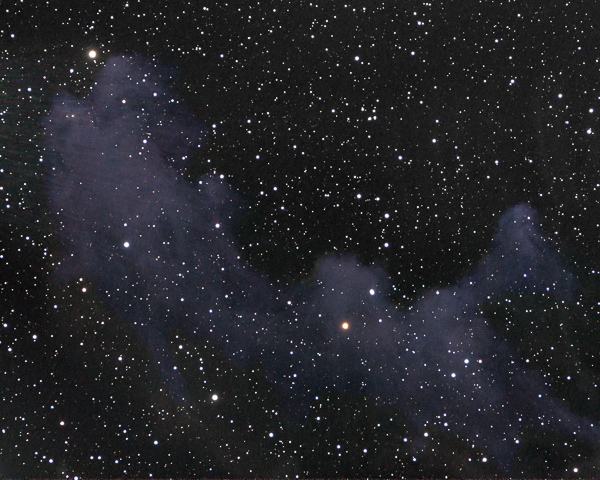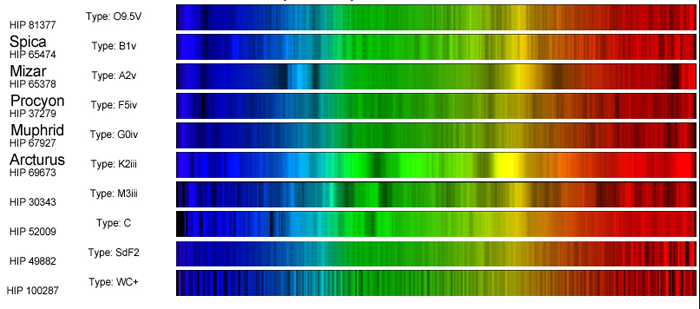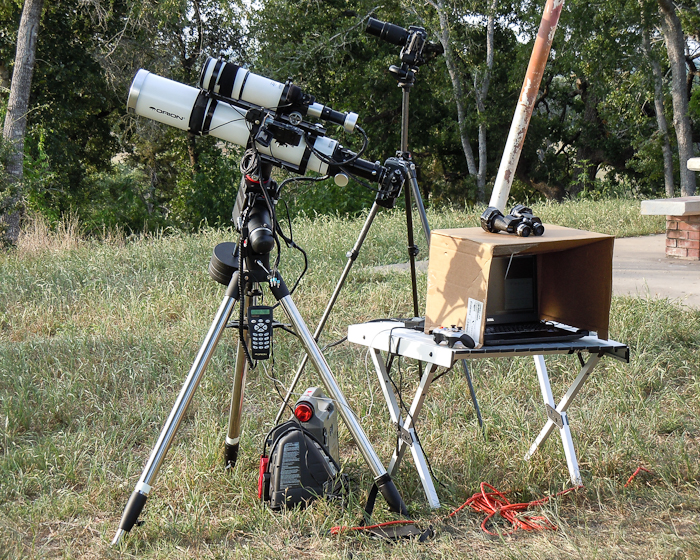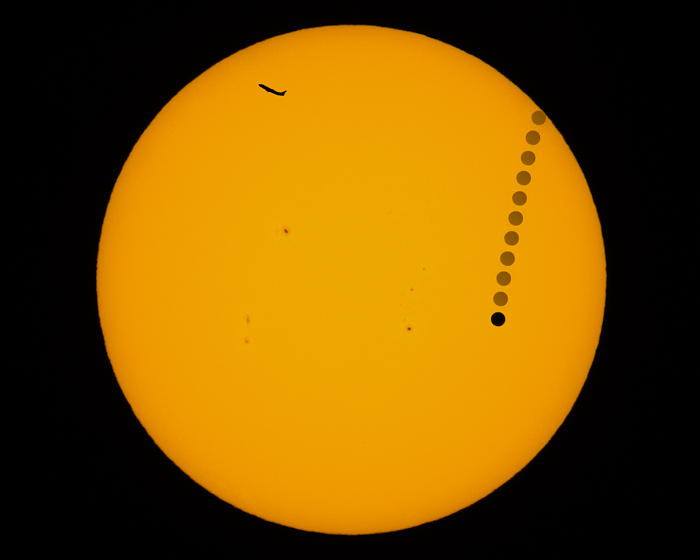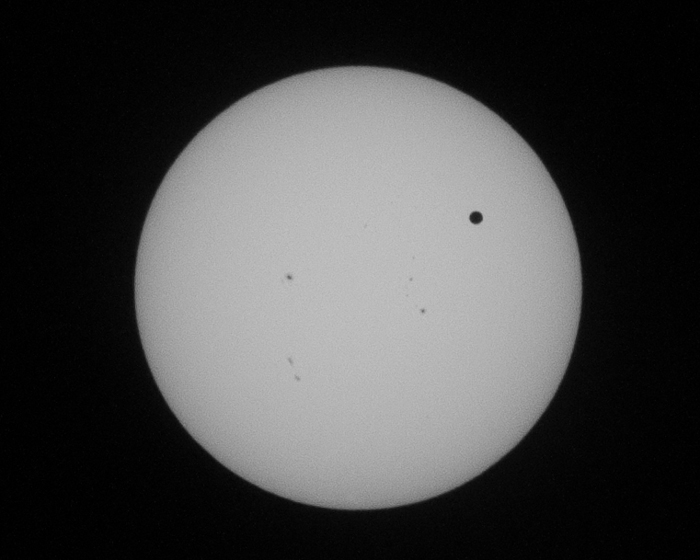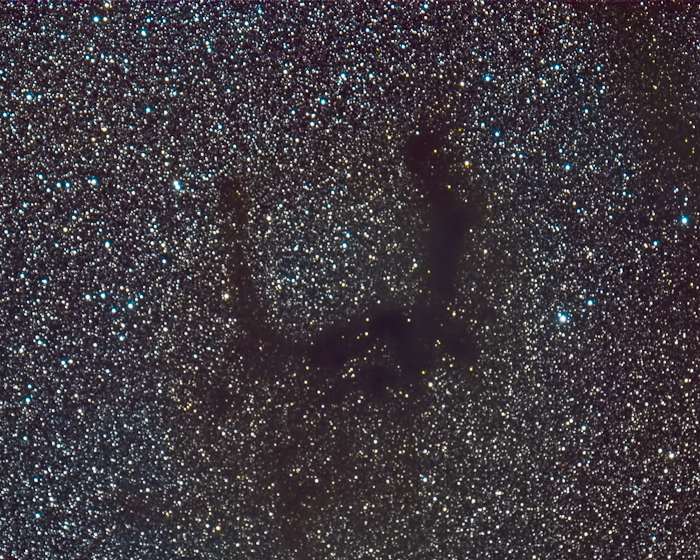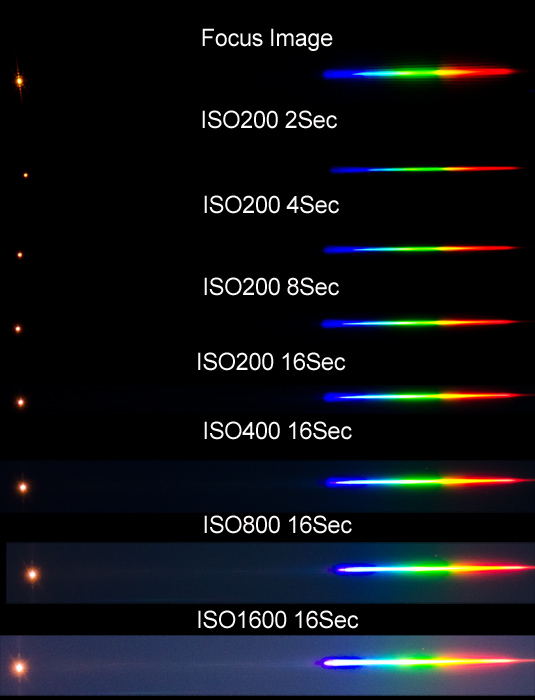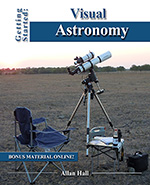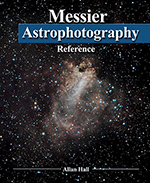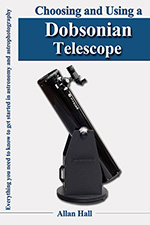On the 12th of this month Comet 168p Hergenrother came very close to us and was quite bright so I decided to image it. The comet was roughly between alpha (Alpheratz) and beta Pegasi (Scheat), about 25% from alpha to beta and is approximately the distance from Earth as Mars.
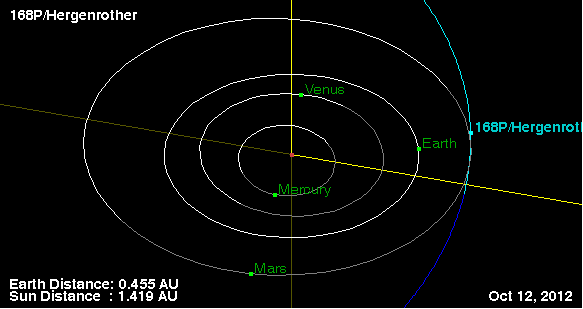

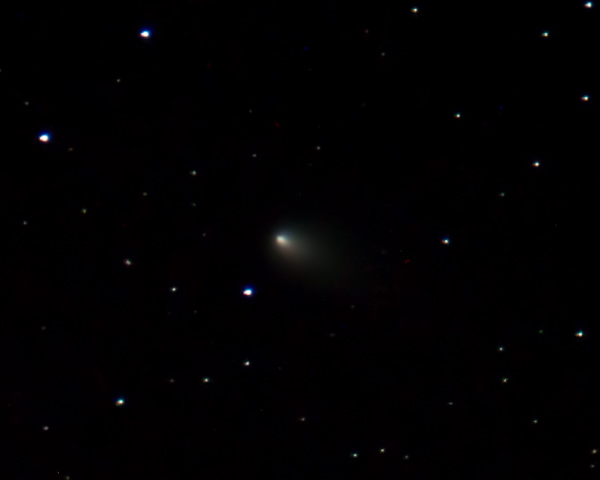



More information on Comet 168p is available on Wikipedia.
On a different note, Halloween is almost upon us so it is only fitting we have a spooky target. I picked IC2118, the Witch Head nebula just above Orion. I shot this target a while back and failed miserably, so much so I deleted all the files which is unusual for me. This time is not fantastic, but at least it is clearly obvious what the target is 🙂
This target is a very faint reflection nebula. This means the glowing gas that you see in the image is actually light from nearby stars reflecting off the nebula. It does not emit any light at all.
Another problem is that this nebula is right next to Rigel, a very bright supergiant star. This makes it very difficult to image, at least for me. Think about reading a newspaper at night taped to the front bumper of your car while the headlights are on shining in your face. That should give you a pretty good idea.
Hope you enjoyed the Witch and Hergenrother, Happy Halloween!
Share this post!





